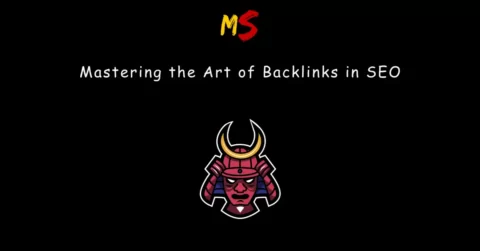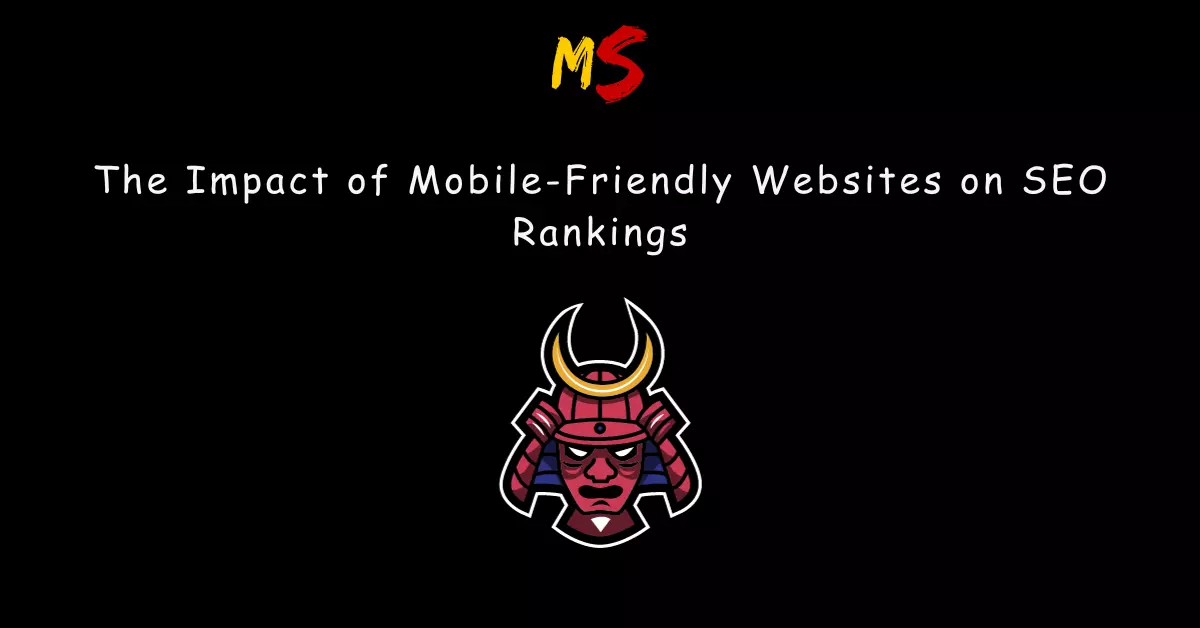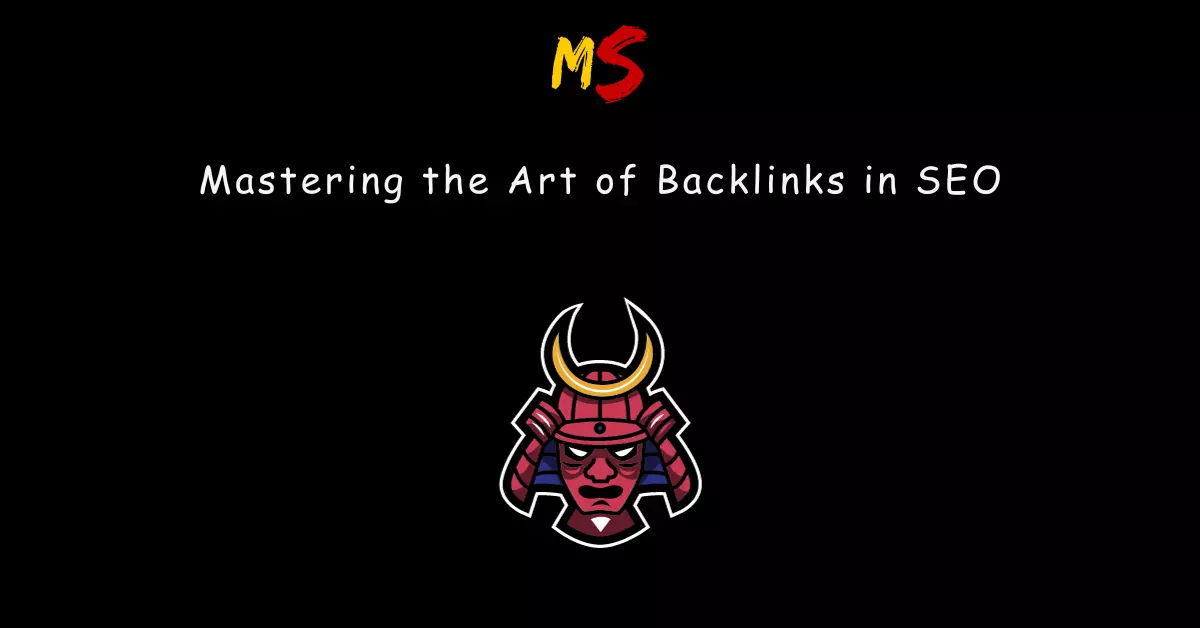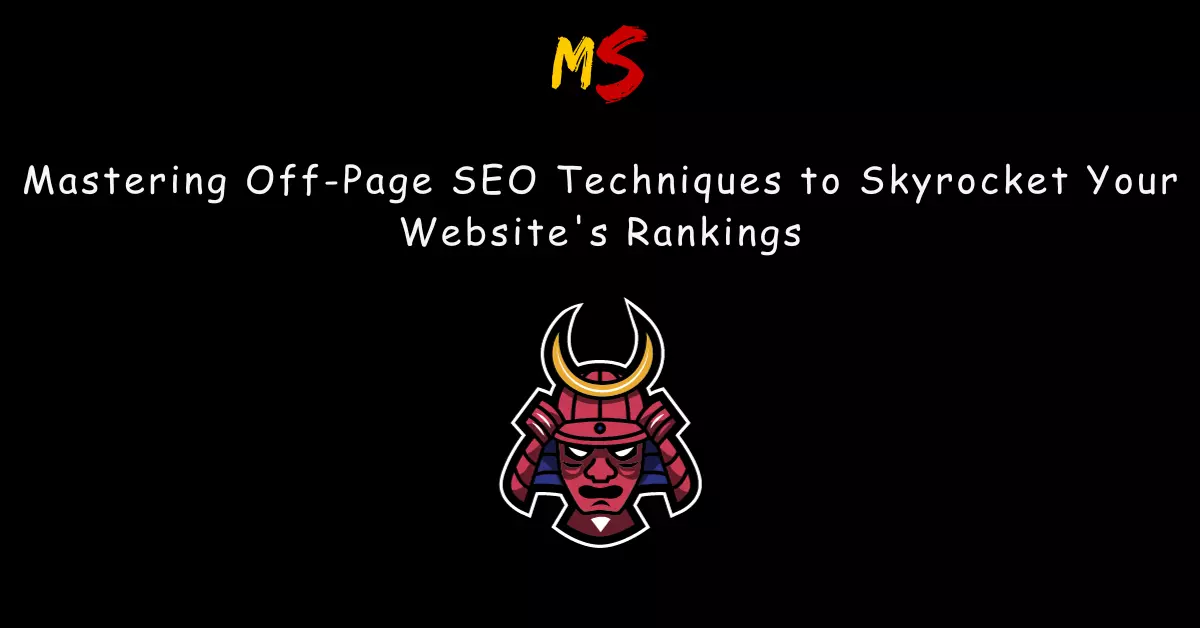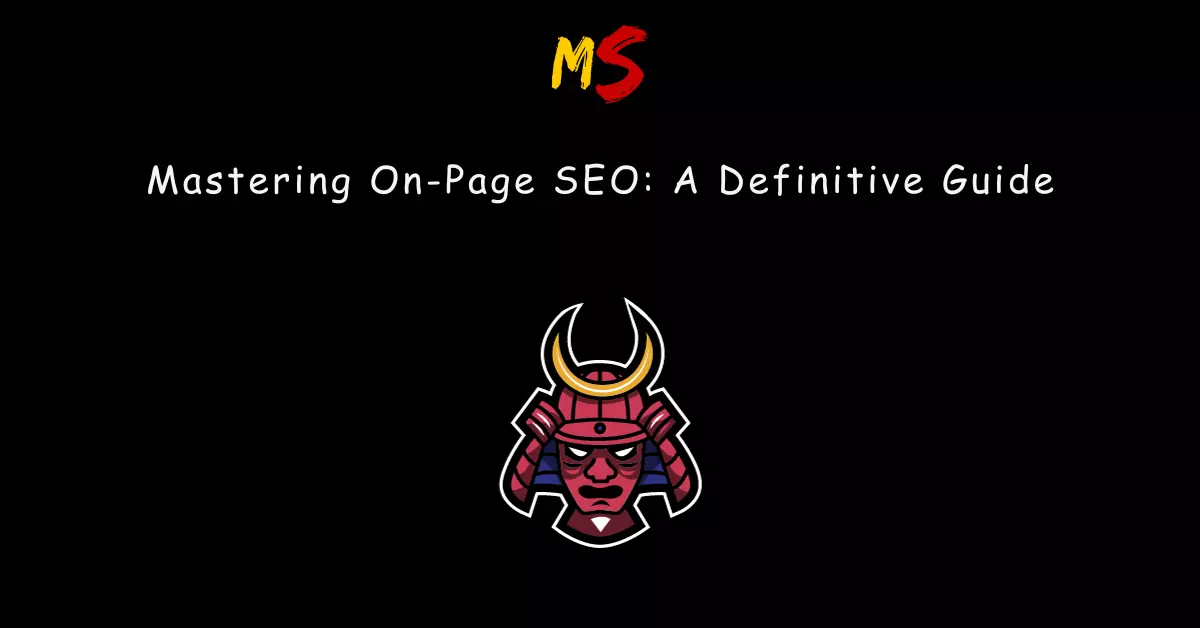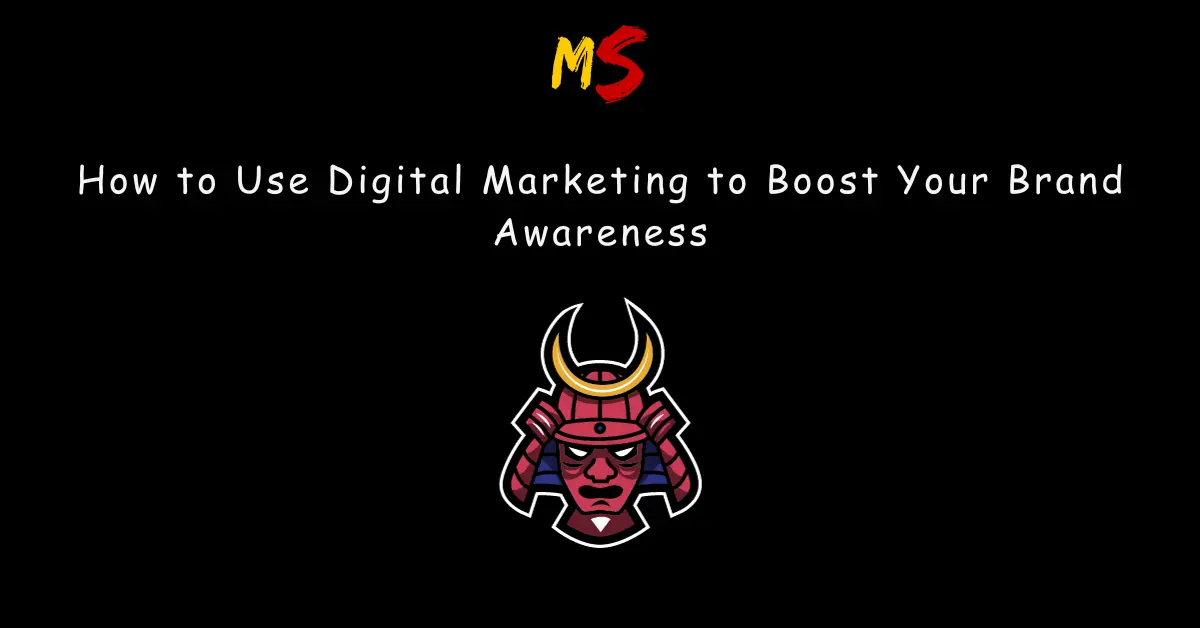Greetings, I’m Yash Setpal, the founder of Marketing Senpai. In this comprehensive guide as part of my Digital Marketing Blog, we’re going to unravel the enigma of SEO’s secret sauce – backlinks. I’ll walk you through what backlinks are, why they are crucial, and how they can catapult your website to the top of the search engine results pages (SERPs). This journey will equip you with the knowledge needed to become a backlink wizard in the world of digital marketing.
Chapter 1: Demystifying Backlinks – A Fundamental Understanding
Let’s commence our journey with a clear understanding of what backlinks are and why they’re pivotal.
What Are Backlinks?
Backlinks, or inbound links, are hyperlinks on one website that lead to another. Think of them as digital endorsements; they signify trust and confidence in the linked-to content. These connections are the fabric of the internet, serving as pathways for search engine crawlers to navigate and assess a website’s credibility.
Why Do Backlinks Matter?
Imagine backlinks as votes of confidence. Search engines like Google consider them when ranking websites. The more quality backlinks your site accumulates, the more likely it is to gain recognition as an authority in your niche. This is why the best SEO agencies prioritize building relationships across industries.
Chapter 2: The Rich Tapestry of Backlink Types
Not all backlinks are created equal. Let’s explore the diverse tapestry of backlink types and how they influence your SEO efforts.
1. Natural Backlinks: Earning Trust Organically
Natural backlinks are like gold in the world of SEO. They’re bestowed upon your content without solicitation because others find it genuinely valuable. Picture this: a renowned industry blog spontaneously links to your in-depth guide on digital marketing trends. That’s the magic of natural backlinks.
2. Manual or Outreach Backlinks: Crafting Your Destiny
In contrast, manual or outreach backlinks are earned through proactive efforts. This entails reaching out to website owners, influencers, or bloggers and requesting them to link to your content. When done skillfully, this method can yield significant results.
3. Self-Created Backlinks: The Dark Side
Beware of self-created backlinks, often associated with spammy tactics like forum spam and blog comment spam. These low-quality links can lead to search engine penalties, which is why they should be avoided at all costs.
Chapter 3: The Quality vs. Quantity Dilemma
Quality or quantity – that’s the conundrum. Let’s dissect the two and uncover the ideal balance.
Quality Backlinks: The Crown Jewels
Quality backlinks originate from authoritative and reputable websites within your industry. They possess high domain authority, and the context surrounding the link is closely aligned with your content. For example, if a renowned nutritionist’s website links to your fitness blog, it’s a testament to your site’s credibility.
Quantity Backlinks: Striking a Balance
While more backlinks can be advantageous, quality should never be compromised for quantity. A handful of high-quality backlinks often surpasses a multitude of low-quality ones. Focus on earning valuable links rather than sheer numbers.
Chapter 4: Building Your Backlink Arsenal
Now, let’s roll up our sleeves and delve into crafting an effective backlink strategy that works wonders for your SEO.
1. Content is Your Backbone
In the digital realm, content reigns supreme. Create exceptional, informative, and engaging content that naturally attracts backlinks. When your content adds value, other websites are more inclined to link to it.
2. Guest Blogging: Knocking on Doors
Guest posting on authoritative websites in your niche is an invaluable strategy. Ensure your guest posts are well-researched and offer unique insights. This not only builds backlinks but also establishes you as an authority in your field.
3. Broken Link Building: Playing the Hero
Identify broken links on relevant websites and offer your content as a replacement. This win-win approach helps you earn valuable backlinks while helping webmasters fix their websites.
4. Social Media Promotion: Casting Your Net
Promote your content on social media platforms to increase its visibility. When people discover and share your content, it can lead to more backlinks. Remember, social signals matter to search engines.
5. Monitor and Disavow Toxic Backlinks: Guard Your SEO
Regularly audit your backlink profile to identify any toxic or spammy backlinks. Use Google’s Disavow Tool to dissociate from these links and protect your SEO efforts.
Chapter 5: The Ever-Evolving Landscape of Backlinks
As the digital marketing landscape evolves, so does the role of backlinks in SEO. Stay ahead of the curve with these insights.
User Experience Takes Center Stage
Search engines prioritize user experience (UX). Websites offering seamless and engaging UX tend to rank higher. Consider mobile-friendliness, page load speed, and intuitive navigation in your UX strategy.
Semantic Search: Understanding User Intent
Semantic search is on the rise. Search engines aim to understand user intent better. Create content that aligns with user intent and answers their questions effectively to earn valuable backlinks.
Voice Search Optimization: A Game Changer
Voice search is shaping the way we search. Optimize your content for natural language queries. Content that caters to voice search may influence the way backlinks are earned and used.
Conclusion: Becoming a Backlink Maestro
In the dynamic realm of digital marketing, mastering the art of backlinking is a journey well worth the effort. SEO is a multifaceted discipline that combines on-page optimization, content creation, and a strategic approach to backlinks. Always stay updated with industry trends, adapt your strategy, and watch your website ascend to new heights in the digital realm.
So, go ahead and explore the captivating world of backlinks. As you unravel its intricacies, you’ll discover the power they hold in transforming your online presence and driving organic traffic to achieve your digital goals. Happy backlinking!

